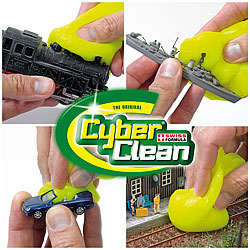You'll likely have come across the term "NEM pockets" when delving into the world of model railway couplers. But what...
No products
Product successfully added to your shopping cart
There are 0 items in your cart. There is 1 item in your cart.
Search Tips
How can I prevent my layout becoming a dust trap when not in use?
One of the perennial problems of being a modeller is that our models or layouts sometimes become very efficient dust traps or adventure playgrounds for household spiders and other unseen denizens lurking in the shadows. There are many ways to deal with these issues such as craft brushes or air cans that are used to remove dust. Likewise, there are a number of manufacturers who have created a variety of products specifically formulated to remove dust and debris from models and layouts. These products and processes generally serve us well but there is also a downside. As many modellers will attest, damage is most likely to occur when setting up, breaking down or cleaning models.
Bearing in mind this last point, it is not a bad idea to approach this subject with a mindset of 'Prevention is better than cure'. Some models are small and compact enough that they can easily be kept in storage boxes when not in use. Likewise, certain scene elements of a layout such as vulnerable buildings can be configured to be removable so that they can be stored separately when not in use.
Unfortunately, storage boxes may not always be a practical option for a large layout when not in use which means it is then open to time-related colonisation by dust. One option to circumvent this issue may be to create a purpose-made cover for the layout. This can be in the form of a simple but sturdy wooden frame hung with light fabric such as an old bedsheet or curtain material. This can provide a significant amount of protection from accumulated dust and debris. This material covering also has the added benefit of protecting the layout from sun-bleaching.
Click here to receive the tips weekly in your mailbox. You can unsubscribe at any time.








